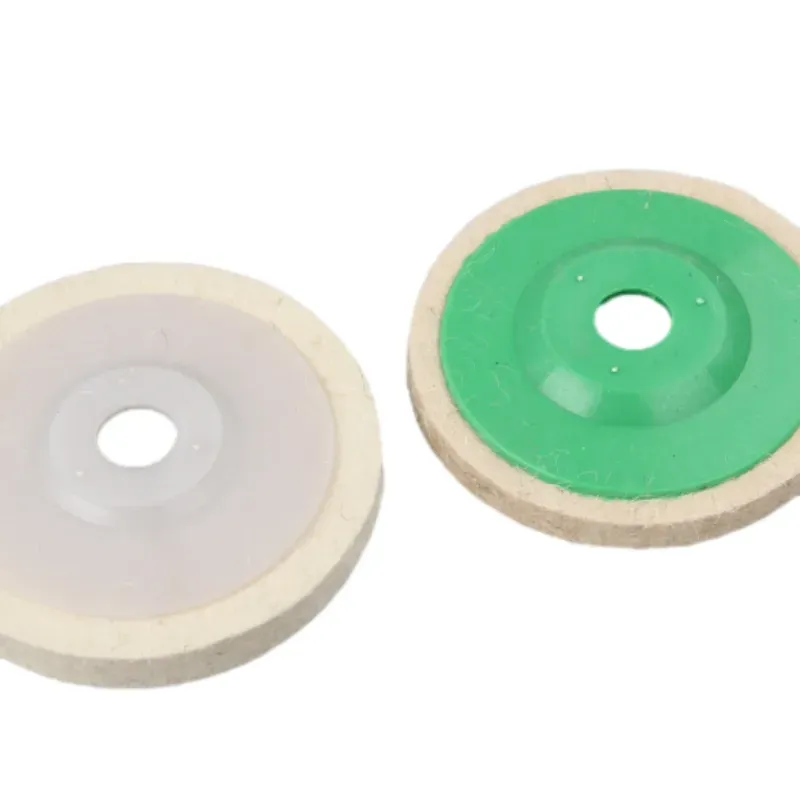types of felt
Exploring the Types of Felt A Comprehensive Guide
Felt is one of the oldest materials known to civilization, with origins tracing back thousands of years. Its unique characteristics make it a versatile fabric suitable for a variety of applications, from handicrafts to industrial uses. Understanding the different types of felt can enhance your creative projects, whether you're sewing, crafting, or working on upholstery. In this article, we will explore the various types of felt, focusing on their composition, uses, and unique properties.
1. Wool Felt
Wool felt is the most traditional and widely recognized type of felt. It is made from natural sheep's wool fibers that are matting together through a process of heat, moisture, and pressure. Wool felt is prized for its softness, durability, and thermal insulation properties, making it ideal for a wide range of applications including clothing, hats, and crafts.
Wool felt is available in different grades, with higher quality felts offering greater softness and resilience. Its ability to absorb moisture without feeling wet makes it a popular choice in craft projects, as well as for items like slippers and bags.
2. Synthetic Felt
Synthetic felt, often made from polyester or acrylic fibers, emerged as a man-made alternative to traditional wool felt. One of the key advantages of synthetic felt is its affordability and ease of production. It is available in a broad range of colors and thicknesses, making it a favorite material for crafters and DIY enthusiasts.
While synthetic felt is durable and resistant to mildew, it lacks some of the insulating properties of wool felt. Therefore, it is commonly used in applications that do not require the same level of warmth, such as craft projects, home decor, and art supplies.
3
. Blended FeltBlended felt combines both wool and synthetic fibers to harness the advantages of both materials. This type of felt offers the softness and warmth of wool while maintaining the durability and cost-effectiveness of synthetic fibers. Blended felt is often used in fashion accessories, home textiles, and craft projects where a balance of quality and affordability is desired.
types of felt

4. Felted Wool
Felted wool differs from traditional wool felt in that it is created by further matting and shrinking wool fabric through a combination of heat, moisture, and agitation. This process makes the material denser and more durable, often used in high-quality garments and home furnishings.
Felted wool is popular in making items like bags, coats, and decorative wall hangings. Its distinctive textured surface adds a unique touch to any project, making it a favored choice among artisans.
5. Craft Felt
Craft felt is typically made from synthetic fibers and is widely used in schools and craft projects. This type of felt is available in sheets and is lightweight, easy to cut, and sew, making it ideal for children and beginners. Craft felt comes in an array of colors and is often used for making ornaments, toys, and educational materials.
Though craft felt is less durable than its wool counterparts, its low cost and availability have made it a staple for endless creative applications.
6. Industrial Felt
Industrial felt is designed for specific applications in manufacturing and construction. This type of felt can be made from a variety of fibers, including wool, synthetic fibers, or a blend, and is engineered for durability and strength. Industrial felt is often used as padding, insulation, or protection in machinery, automotive, and construction settings.
Conclusion
Felt is a remarkable material with a diverse range of types, each offering unique characteristics tailored to various needs. From the warmth and charm of wool felt to the practical applications of synthetic and industrial felts, understanding the nuances of these materials can inspire creativity and enhance functionality in both crafts and industrial uses. Whether you’re a seasoned crafter or just starting, exploring the different types of felt will undoubtedly open new avenues for your projects.
-
What Makes Felt a Great Choice?NewsNov.19,2024
-
Total Mixed Ration (TMR) Feed for CattleNewsNov.19,2024
-
The Ultimate Guide for Felt Polishing WheelsNewsNov.19,2024
-
Industrial Felt for Various ApplicationsNewsNov.19,2024
-
Felt Makeup Bags and Inserts BagsNewsNov.19,2024
-
Choosing the Right Hotel TowelsNewsNov.19,2024
-
Your Go-To Guide For Affordable Wholesale Wool FeltsNewsOct.31,2024







